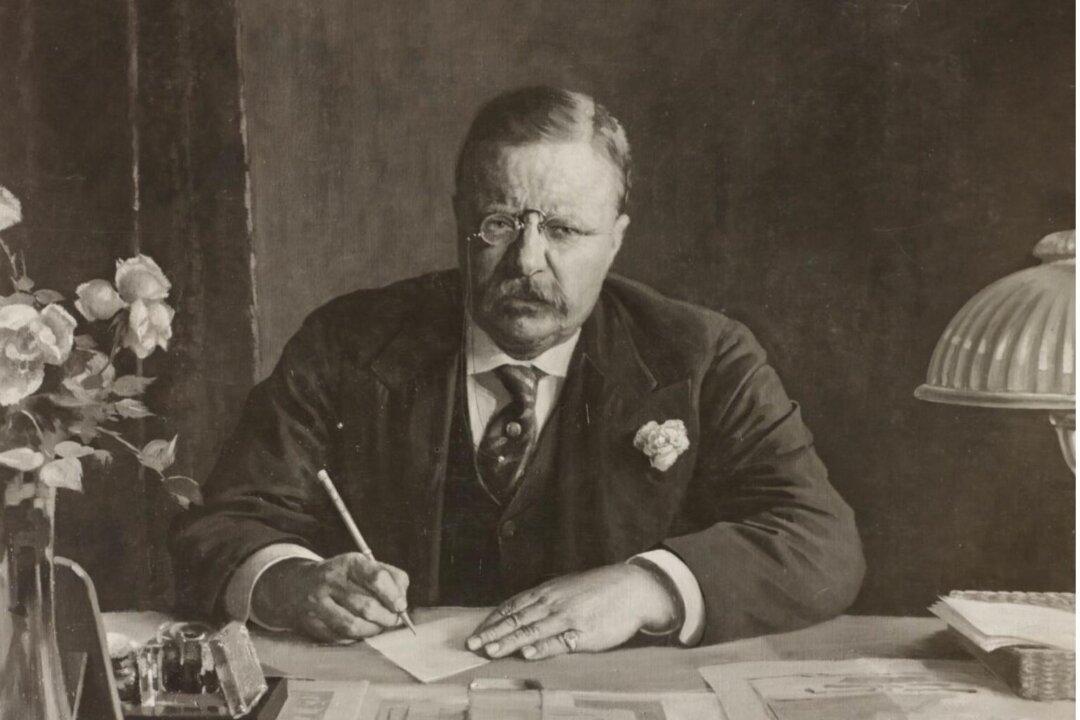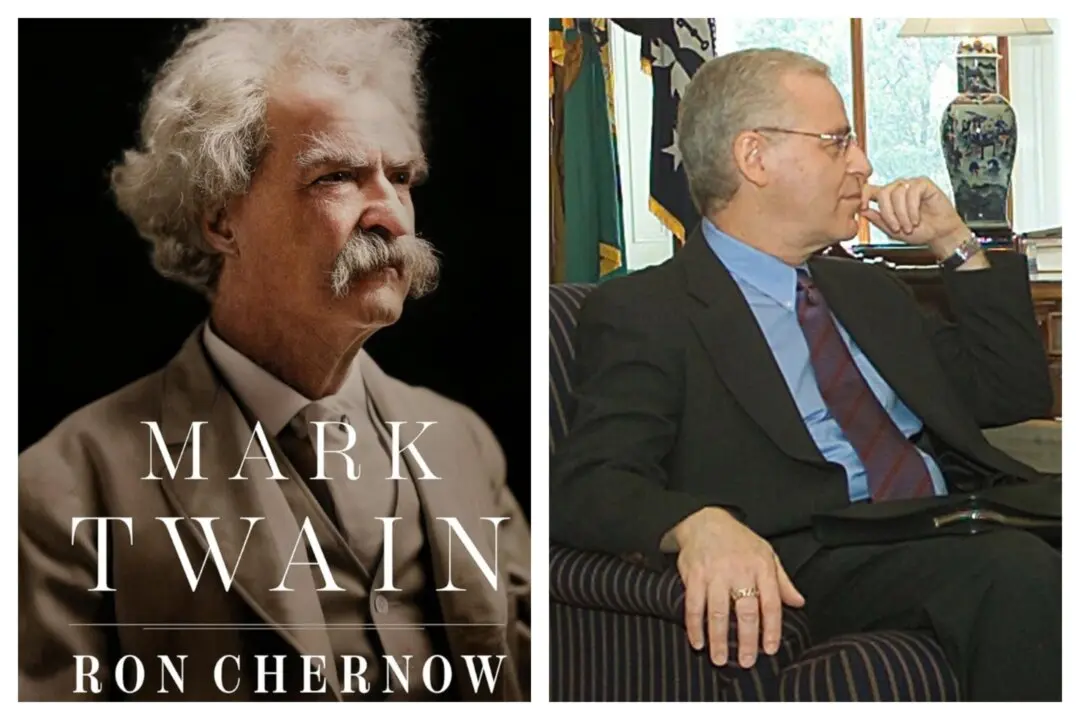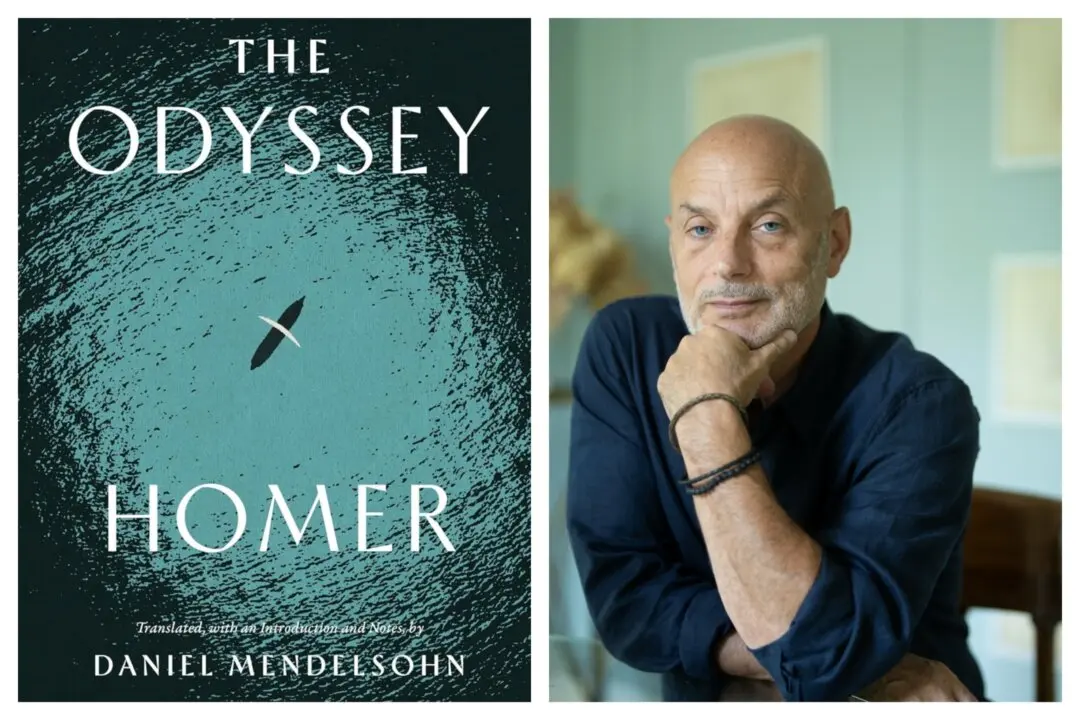Theodore Roosevelt loved a challenge, both politically and naturally. Only days after completing his second term in office as president, he, along with his son, Kermit, and seven naturalists, embarked on the Smithsonian–Roosevelt African Expedition. Though he promised not to run for a third term, he disapproved of the country’s direction under the Taft administration, and he ran again in 1912 under his own ticket. It was one of the few times he had met a challenge head on and failed.
Reeling from defeat, he accepted an invitation to South America to conduct a series of lectures. John Augustine Zahm, a priest and Roosevelt supporter, proposed adjoining the lecture series with an expedition through the Amazon. Zahm’s plan for the Roosevelt South American Scientific Expedition was to study and report on the rainforest’s ecosystem by canoeing the five most known rivers of the Amazon. Roosevelt heartily accepted.






